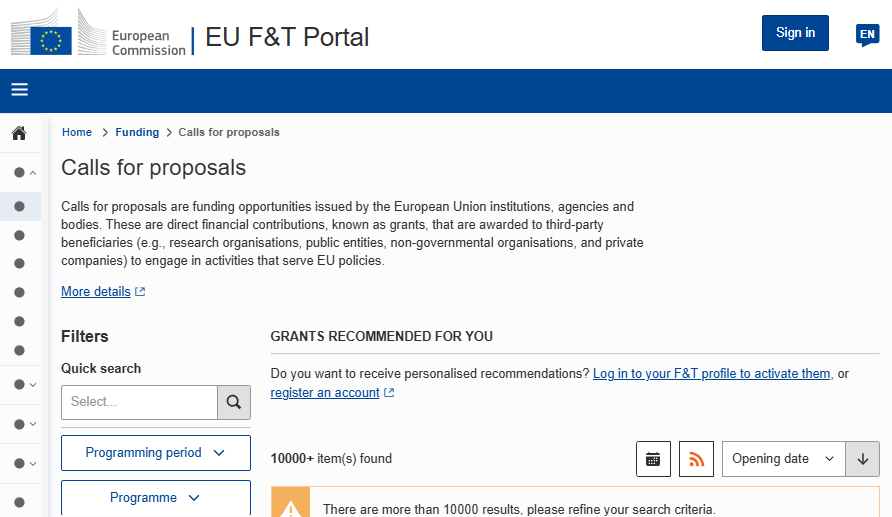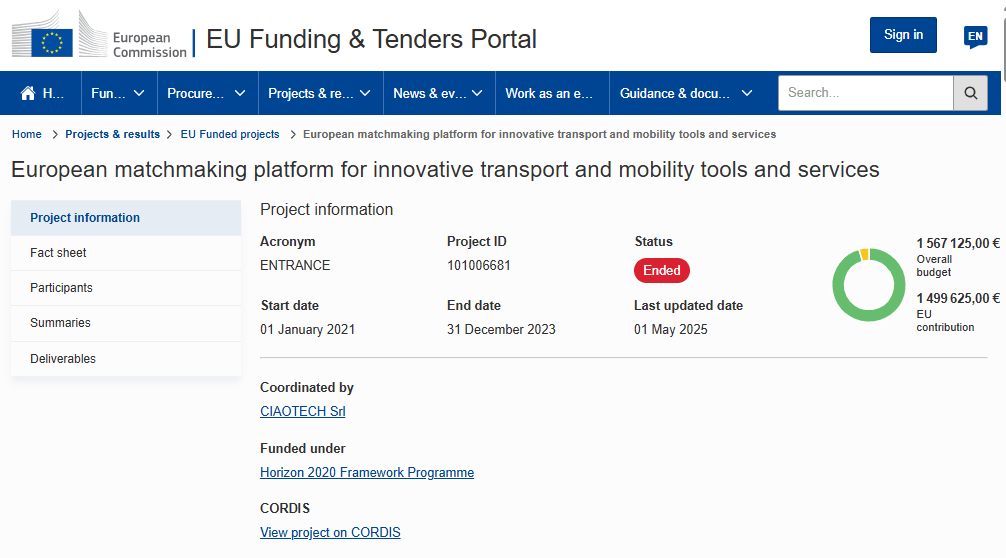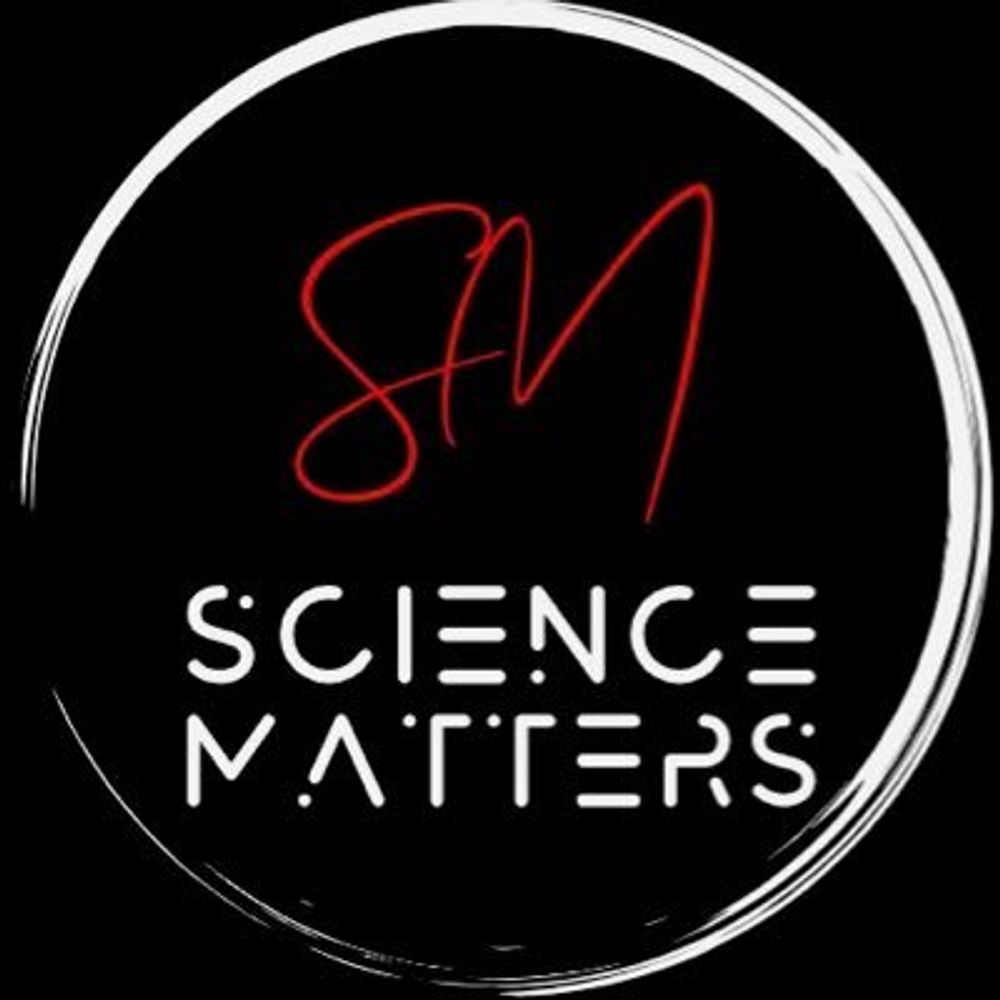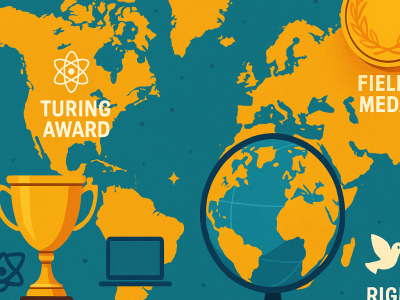In the modern research landscape, collaboration is not just beneficial; it is essential. Across Europe, initiatives such as matchmaking events and funding calls offer researchers a structured platform to connect, share ideas, and establish consortia. Yet, navigating these opportunities can be complex, especially for early career researchers and institutions unfamiliar with the European project ecosystem. Drawing on experiences from both seasoned and emerging researchers, this article explores how to effectively approach matchmaking events, identify potential partners, and maximise the value of European funding programmes.
The role of matchmaking events in research collaboration
Matchmaking events have become a cornerstone of European research collaboration. Designed to bring together academics, industry professionals, and research institutions, these events allow participants to pitch ideas, discover common interests, and begin forming consortia. While the format may initially feel unfamiliar or even intimidating to researchers, the potential benefits are significant.
Researchers often face the challenge of identifying partners who share their interests and bring complementary expertise. In events hosted by organisations such as NWO, participants may encounter individuals who already have a clear project vision and a consortium in mind. Others may attend simply to explore topics aligned with their research. Regardless of their starting point, the objective is to create connections that could translate into collaborative projects.
Participating in these events requires a mindset that embraces both opportunity and patience. Initial interactions may not immediately yield project partners, but the relationships forged can provide long-term value. Researchers report that simply attending, observing discussions, and introducing oneself to experienced participants can open doors to collaborations in future calls.
Strategies for building an effective network
Building a network across multiple disciplines requires strategic planning and active engagement. Experienced researchers advise early career researchers to identify senior academics or colleagues with established connections and to leverage their guidance. Piggybacking on these connections allows new entrants to navigate complex social and institutional dynamics more efficiently.
Cross-disciplinary networking poses additional challenges. Software and digital technologies are increasingly relevant across domains, from computer science to physical sciences and healthcare. By positioning oneself as a valuable contributor to projects in adjacent fields, researchers can create opportunities that would not arise within the confines of their primary discipline. Being proactive, demonstrating relevance, and articulating how one’s expertise addresses a consortium’s specific needs are essential steps in this process.
Navigating European project portals and participant databases
European funding structures provide several online resources to identify potential partners and assess their suitability. The EU participant portal, for instance, lists all organisations that have participated in funded projects. By reviewing project histories and partners’ previous involvement, researchers can gauge the experience and capacity of potential collaborators. Similarly, NWO maintains records of Dutch academic institutions and companies that have engaged in national and international research projects.
These databases are invaluable tools for identifying both academic and industry partners. However, researchers should approach them critically. Not all organisations listed will be equally suitable for collaboration. Some may participate broadly without a strong content connection to the proposed project, while others bring specific expertise and prior experience that can significantly enhance a proposal.
Practical tips for engaging with companies
Industry partners are crucial to many European-funded projects, but engaging them requires careful consideration. Large companies with established research and development departments may have the resources to contribute effectively to projects. They often have internal processes to justify budget allocation and manage project participation. Conversely, smaller companies or start-ups may face limitations in time, resources, or familiarity with European funding mechanisms.
Researchers must approach potential industrial partners with clarity regarding both the project’s content relevance and the financial or resource commitments involved. It is important to convey the mutual benefits of participation, including the potential for knowledge transfer, co-development of technologies, and shared intellectual property rights. Companies are generally more receptive when they see tangible value aligned with their strategic goals.
In practice, initial contact with companies should focus on establishing a content-based connection rather than immediately discussing funding. Researchers may need to guide the conversation by explaining how their project aligns with the company’s interests and what specific contributions are expected. Over time, as the consortium formalises, financial and resource commitments can be negotiated in accordance with European rules and the project’s objectives.
Understanding European funding rules and co-funding requirements
European projects often require a combination of public funding and contributions from consortium members. This co-funding can take the form of direct financial contributions, personnel time, or in-kind resources. Understanding these requirements early is critical for successful project planning and partner engagement.
In some programmes, research funding may cover seventy per cent of the project cost, leaving the remaining thirty per cent to be contributed by partners. While this structure encourages participation, it also necessitates clear communication and agreement among consortium members. Companies may need to allocate internal resources to support the project, and researchers must ensure that expectations are aligned to prevent conflicts or disengagement.
Another important aspect is the management of intellectual property generated during the project. European rules allow for certain rights to be allocated to participating organisations, and clarity on IP ownership can serve as an incentive for companies to join a consortium. Researchers should be transparent about these aspects from the outset to build trust and encourage sustained collaboration.
Timing and proactive engagement
Timing is a key factor in leveraging matchmaking events and funding calls. Calls for proposals are typically announced months in advance, and researchers are encouraged to express interest early. Pre-proposal or statement of interest stages allow participants to signal their intent, explore potential partnerships, and begin consortium formation without committing to a full proposal immediately.
Early engagement is particularly important for complex projects involving multiple academic and industrial partners. Researchers who wait until the call officially opens may find themselves at a disadvantage, struggling to identify partners or establish connections. Conversely, proactive networking and early discussions can lead to stronger proposals and more cohesive consortia.
Overcoming challenges and building resilience
Despite best efforts, navigating European funding and collaboration opportunities can be challenging. Matchmaking events may feel uncomfortable or overwhelming, especially for researchers who are new to the process. It is common to encounter participants who are primarily motivated by funding availability rather than genuine content interest.
Success in this environment requires resilience, patience, and a long-term perspective. Even interactions that do not immediately result in partnerships can provide valuable insights into the research landscape, institutional dynamics, and potential collaborators. Researchers often report that attending several events, even when outcomes are not immediately tangible, eventually leads to meaningful connections and project opportunities.
Case study: From matchmaking to project success
One illustrative example involves a research team that participated in several European matchmaking events and engaged with multiple companies and academic institutions. Initially, the project did not secure funding, but the connections established during these events enabled the team to refine their proposal and identify a consortium aligned with their objectives.
Through persistent networking, strategic alignment with partners, and careful attention to European funding rules, the researchers eventually secured participation in a high-impact project. The experience highlights the importance of viewing networking as an investment, rather than a one-time effort, and underscores the potential long-term value of matchmaking events in European research.
Leveraging support structures and institutional resources
Many universities and research institutions provide support for navigating European funding and partnership opportunities. Dedicated teams can assist with identifying suitable partners, understanding funding rules, and preparing proposals. Researchers are encouraged to take advantage of these resources, as institutional support can significantly reduce the time and effort required to establish successful collaborations.
Furthermore, experienced colleagues can provide mentorship and practical guidance. Learning from researchers who have previously participated in European projects can accelerate the process, helping new entrants avoid common pitfalls and focus on building high-value connections.
Creating cross-disciplinary connections
In addition to intra-disciplinary networking, cross-disciplinary collaborations are increasingly valuable. Many modern research challenges require expertise across multiple fields, including software development, data analytics, and applied sciences. Researchers who can identify opportunities to contribute their expertise to projects in related domains are well-positioned to become indispensable partners.
For example, software expertise may be relevant to a wide range of projects, from healthcare technology to environmental modelling. By demonstrating how their skills can support diverse research goals, software researchers can attract interest from consortia that might otherwise overlook their contributions. This requires clear communication, an understanding of other disciplines, and a willingness to adapt one’s approach to different project needs.
Conclusion
European matchmaking events and funding programmes offer researchers a pathway to meaningful collaboration, access to resources, and opportunities for high-impact research. Success in this ecosystem requires strategic networking, proactive engagement, a clear understanding of funding rules, and the ability to identify and cultivate high-value partnerships.
While the process can be time-consuming and occasionally challenging, the long-term benefits are significant. Researchers who invest in building networks, leveraging institutional support, and demonstrating the value of their expertise are well-positioned to navigate the complex landscape of European research collaboration. By approaching these opportunities with patience, resilience, and a focus on meaningful connections, researchers can transform initial interactions into lasting partnerships and successful projects.









